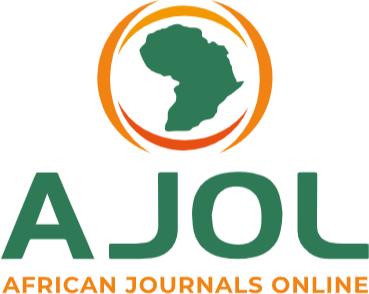Evolution of nuptiality and its effect on fertility
تطور الزواجية في الجزائر وتأثيرها على الخصوبة
Abstract
The phenomenon of marriage has been linked to customs and traditions through the prevailing social practices and values, but the transformation that this phenomenon is witnessing is only the result of the clear impact of the social, cultural and economic changes that most societies undergo. In turn, the phenomenon of fertility has been linked to the one of marriage, and any effect on one of them does necessarily affect the other, and this is what our study confirmed by tracking Algerian statistics across different time periods. This becomes apparent through the development of the first marriage age from one period to another, in addition to reaching a conclusion that there is an inverse relationship between the average age of the first marriage and the age difference between the spouses, as the higher the average age of the first marriage, the smaller the age difference between the spouses.
Our study indicated that we can consider the average age of first marriage as one of the basic determinants of fertility and a major factor in fertility levels, as it directly affects the birth numbers, whereas, the higher the age at the first marriage, the lower the average number of births.
Downloads
References
CNES(1996): Etude sur la politique en matière de population.
Collection statistiques N° 50, RGPH 1987, RGPH 1998 et RGPH 2008.
données statistiques N° 554 « Evolution des mariages enregistrés et des Taux de Nuptialité » : « Démographique Algérienne, », ONS.
Enquête Algérienne sur la santé de la Famille, EASF 2002 .
Enquête algérienne sur la santé de la mère et de l’enfant 1992.
Enquête national des indicateurs multiples, « les résultats préliminaires », MICS, Algérie2006
G.becker. (1981). A treatise of the family . Cambridge. Harvard university press.
Haffad, T., & Hemal, A. (1999). La transition de la fécondité et politique de population en Algérie. (C. Université Mentouri, Éd.) Revue sciences humaines(12).
Office national des statistiques. (juin). RGPH 1998.
Série Statistiques(1989), Démographie Algérienne, n°17,. O.N.S.
Vallin, J. (1970).Les populations de l'Afrique au Nord du Sahara.population, INED.
- Arabic references in English :
United Nations Population and Development Committee. (2002).
Al-Rababah, A. H., & Al-Mughayreh, N. M. (2016). Parental Authority in Addressing the Phenomenon of Delayed Marriage Among Youth. Jordanian Journal of Islamic Studies, 12(01).
Al-Ansari, A. I. (2000). Delayed Marriage and Increased Marriage Rate (1st ed.). Cairo : Dar Al-Fikr Al-Arabi.
National Office of Statistics, Ministry of Health and Population. (1994). Algerian Survey on Maternal and Child Health 1992. Algeria : Main Report.
Taher, H. (2003). Mortality, Fertility, and Marriage in Algeria. Ceneap.
Hamza, S. A. (2005). Population and Basic Population Needs in Algeria in the Perspective of 2038.
Al-Buleihed, K. (n.d.). Reasons for Delayed Marriage. Retrieved from www.saaid.net on 19/04/2020
Ben Sadiq, Z. (2020, March 01). Factors of Delayed Marriage in Algeria and the Marital Selection Process. Concepts Magazine, 01(07), 91-100.
Ayed, W. (2006). Youth Attitudes Towards Some Traditional and Modern Aspects of Marriage : A Field Study on Male and Female Students at Mu'tah University. Educational Sciences Studies, 33(1).
Asabieh, A. A. (2006). Spinsterhood Threatens the Arab Family - Causes, Effects, and Solutions. Algeria : Dar Al-Huda.
Al-Wafi, A. R. (1996). Psychology of Marriage. Algeria : Dar Huma for Printing and Publishing.
Al-Safouh, M. A. (1976). Structure and Functions of the Jordanian Family : A Field Study of the Reality of the Syrian Family. Damascus: Publications of the Ministry of Culture and National Guidance.
Nawwab Al-Din, A. R. (1995). Delayed Marriage, Its Causes and Dangers (1st ed.). Saudi Arabia : Publishing and Distribution House.
Barkan, Y., & Hadji, F. (2014). A Standard and Analytical Study of the Problem of Poverty in Algeria (1990-2012). International Conference on Evaluating Poverty Reduction Policies in Arab Countries in the Era of Globalisation (p. 749). Algeria.

This work is licensed under a Creative Commons Attribution-NonCommercial 4.0 International License.




















